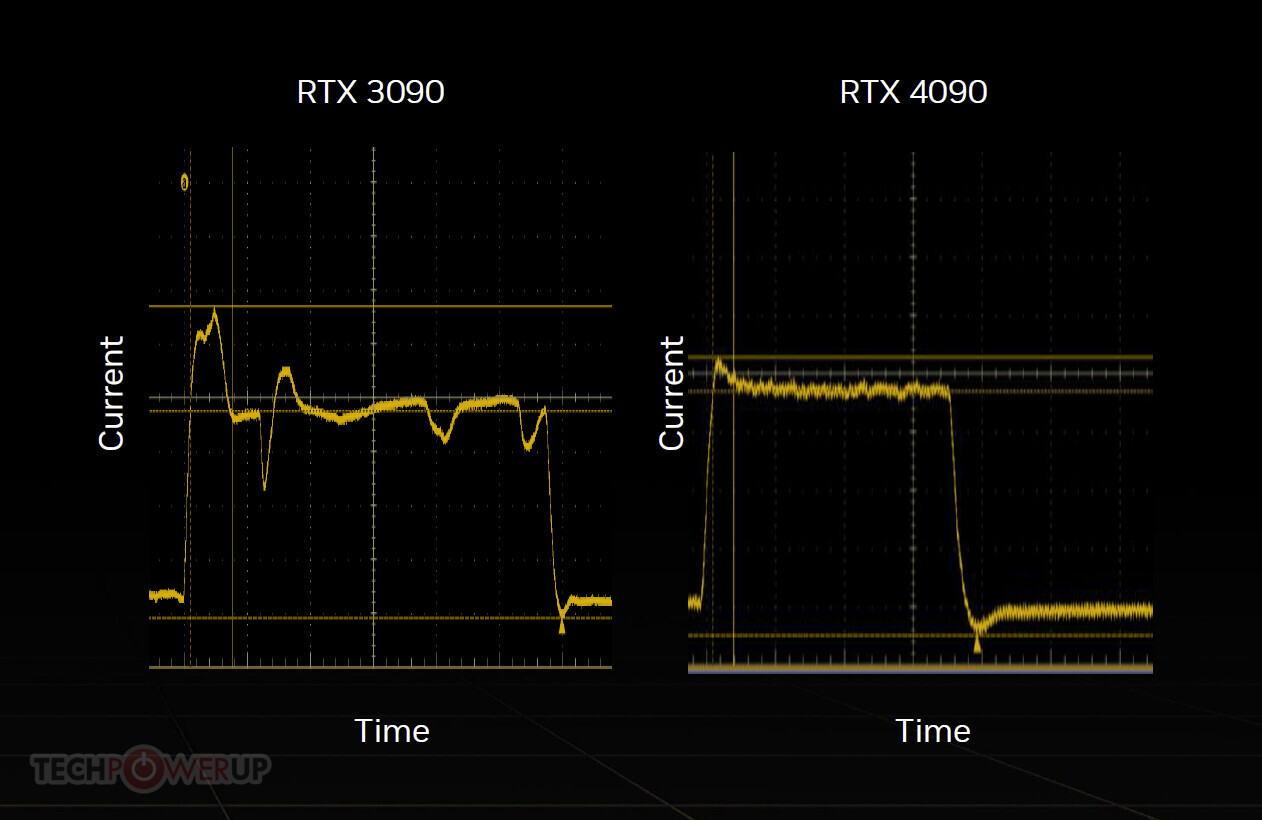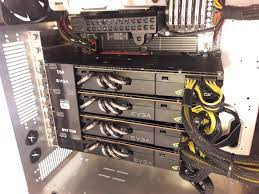GoldenTiger
Fully [H]
- Joined
- Dec 2, 2004
- Messages
- 29,690
Yeah I did, meant nothing to me when I bought the 6900XT, I also don't plan to upgrade again as it plows through anything I play at 1440p. I wanted a raster powerhouse and it fit the bill and was cheaper and easier to find then the Nvidia 3090. Pretty much 100 fps or better at maxed out settings in everything I play, which goes good with my 144Hz monitor. Ray tracing just is not there yet as a feature that makes it a need to have, maybe in 4 or 5 years it will be there in my opinion.
It's must have in most any game that has implemented it, and that number is growing rapidly. You're leaving heaps of image quality on the table not using 4k raytracing. 1440p was 2008's high res (2560x1600). It hasn't been in a long time now. You're running a 3080 tier (not 3090) card with poor raytracing and no DLSS, and paid $1k? Wow. I paid $779 plus tax for my 3080 in Dec 2020 the height of the crypto craze even! EDIT: It's a hybrid evga ftw3 ultra at that. Raytracing is the new "ultra" setting.
Last edited:
![[H]ard|Forum](/styles/hardforum/xenforo/logo_dark.png)
![LaglessFrameGenerationViaReprojection[1].png LaglessFrameGenerationViaReprojection[1].png](https://cdn.hardforum.com/data/attachment-files/2023/08/901057_LaglessFrameGenerationViaReprojection1.png)

